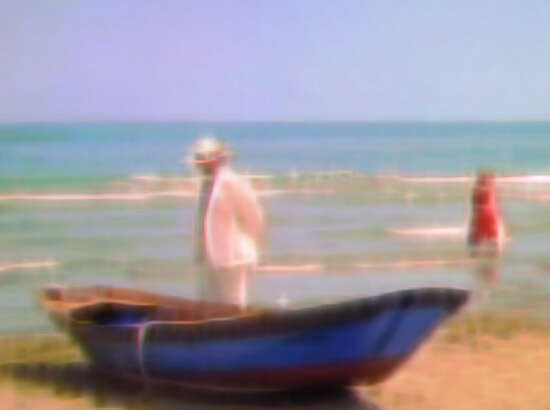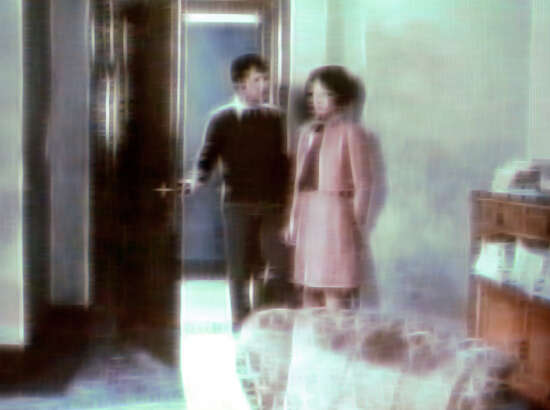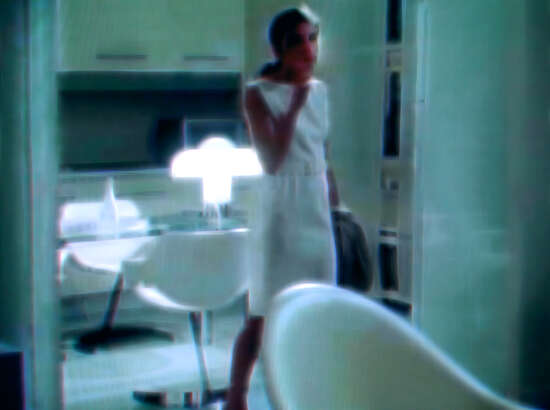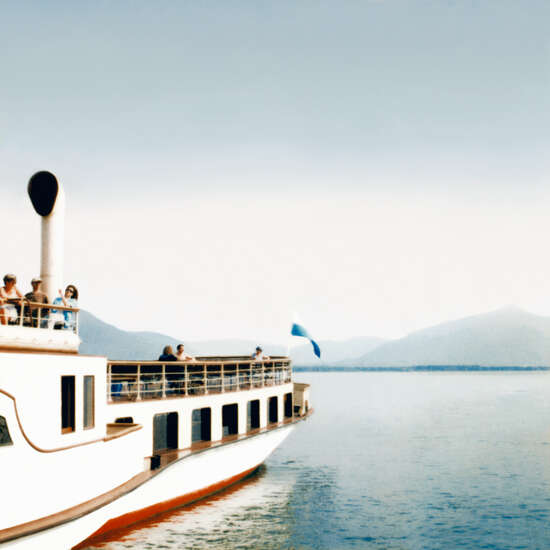READY TO HANG
Out of the box, all LUMAS artworks are ready and easy to hang.
SECURELY PACKAGED
LUMAS works are always packed to the highest standard to make sure it arrives as perfectly as it leaves us.
ARTIST SUPPORTED
Your purchase supports the free and independent work of your favorite artist.
EXTENDED RIGHT OF RETURN
Say it with art. Because of the Christmas season, we have extended your right of return until January 10th!
BACKGROUND INFORMATION
Andrej Barov’s Cubist Cityscapes
The depiction of reality through art almost inevitably carries the question of what the possibilities of depiction are. In modern art, the representative character of an image gives way to the medium of its presentation. Colour and form become independent, living their own lives quite independently of the subject, describing a world of inner emotions.
Andrej Barov seeks his Tokyo pictures to be understood as a reconstruction of our visual memory. “When you are in Japan, you are surrounded by completely different colours. So much is neon and illuminated, it appears almost psychedelic to our eyes.” The Tokyo of Andrej Barov is one of fragmented light impressions, a city of colour, form and structure, a cubist alphabet of concentrated sensations. As with his previous works, Barov uses digital editing to transform the medium of photography into something more like a painting, using the creative potential of art to portray reality as a complex process of internal perception. “I am concerned with the ability of our brain to create a mosaic of visual memories from images and impressions that we have experienced, which then serve as emotional stimulants able to recreate the sensation we had at the time”.
Pixel And Paint Brush
Andrej Barov Project "My favourite films" von 2003-2004
“Leinwand”, or canvas, is a foundation for oil and acrylic paints. However, “leinwand” also means screen and in this sense is the projection screen for film viewing. A sharp divisional line runs between the “foundation” and the “projection screen.” The separated parts are held together as the “Leinwand.” Never before has this barrier appeared to have been violated. Is is too erie to have the foundation as a projection screen; or is the screen not allowed to be a foundation?
There is perhaps a historical contingency for the screen being used at the cinema. The blossoming of psychoanalysis and the expansion of the cinema go by chance hand in hand. However, the cinema is by no means par excellence the medium of projection. On canvas, painted pictures are very much the same, even when they stem from a psychoanalytical, unbiased tradition. On the other hand, the film screen appears as the means of contemporary, reactionary tendencies totally unsuspicious messages. The screen is by no means the symbol of a fallen era, nor a stick-in-the-mud recreation. Through Andrej Barov’s cycle, “My Favourite Films,” these two concepts clearly emerge.
Only once can the entire history of the posture of a figure or the constellation of a tableau of characters be covered in a nutshell. Everyone knows such impessions, which burn into our minds and extinguish an entire memory. They are sediments of an anecdote, projections. The entire universe of a film could be projected onto a canvas. To otheres Andrej Barov does not apply oil or acrylic to the canvas, but with the most modern technique of so-called 3-D animation, elaborately processed digital photography. The pictorial here is not a question of the application of color, but of the composition and the alienation of the illustration. Pixels replace the paint brush; the canvas, however, irrespectively outlasts this headway, if not at all reintegrated, renewed, modernized.VITA
1958 born in Leningrad, Russia 1976 - 1981 studied at the Academy for Theatre, Music and Film, Leningrad (degree) 1981 - 1988 Associate Director; production manager in Lenfilm Studio, Leningrad 1989 Moved to Germany; direction of two Theatre plays at the University Theatre in Tübingen; Film for Südwestfunk, Baden-Baden: "Asyl in der Kaserne" 1994 Teacher at the New Fine Art Academy, St. Petersburg since 1990 worked in fine Photography since 1991 Member BFF (Bibliothek für Bildungsgeschichtliche Forschung- Library for Historical Education research) since 2005 Member DGPh (Deutsche Gesellschaft für Photographie- German Society for Photography) lives and works in Munich






